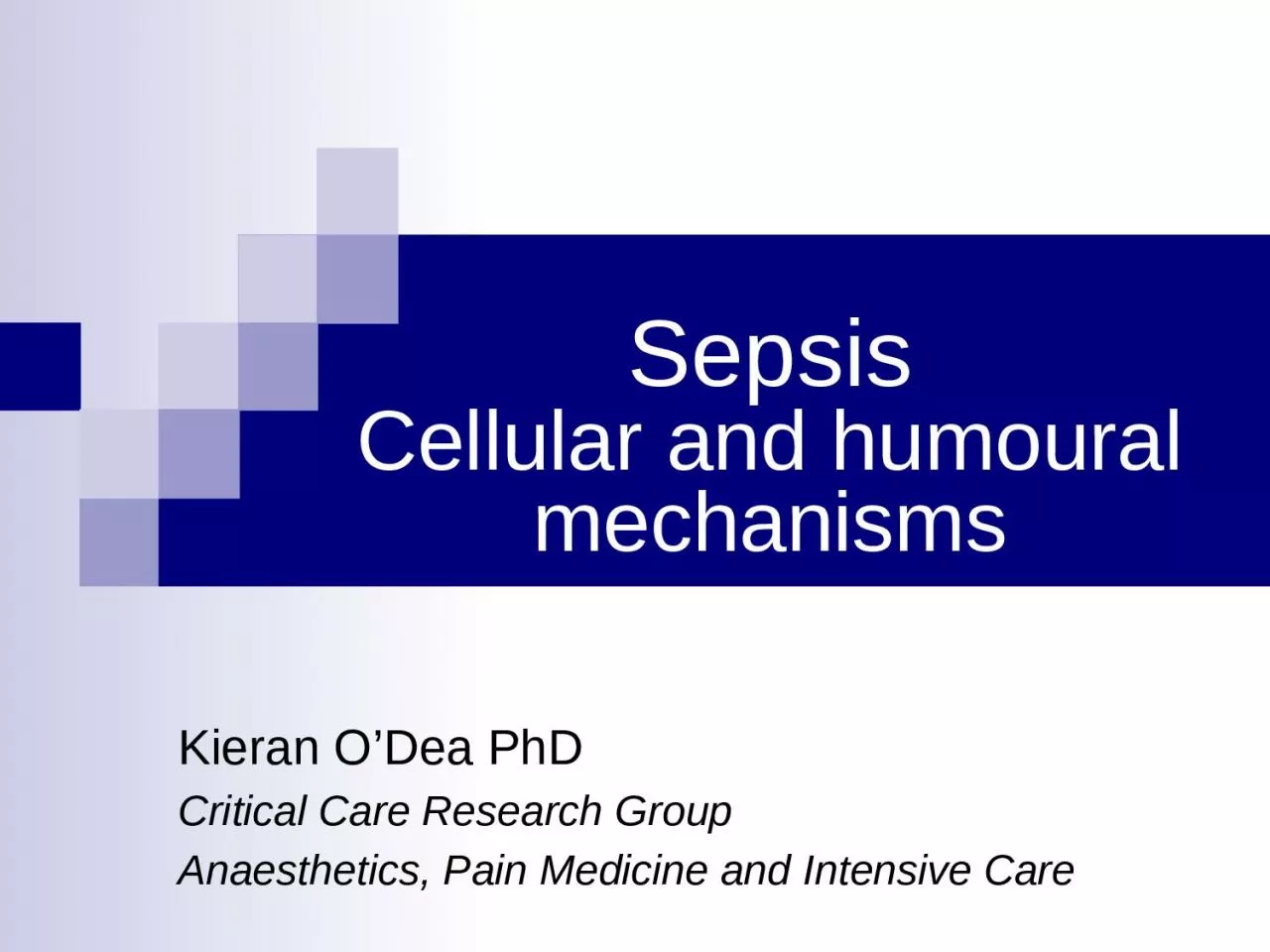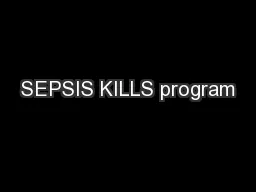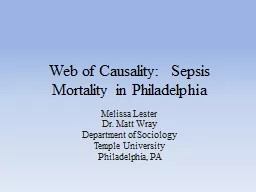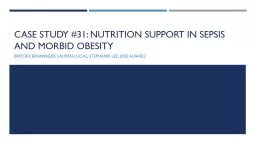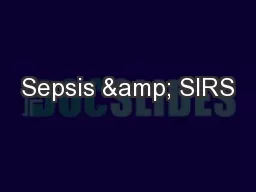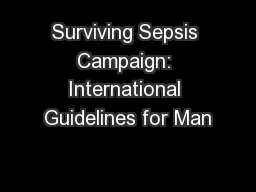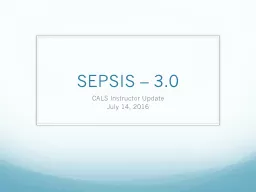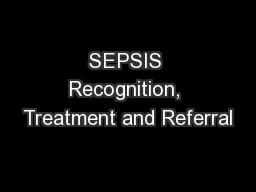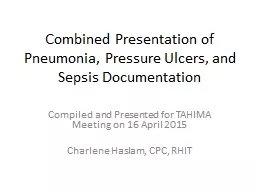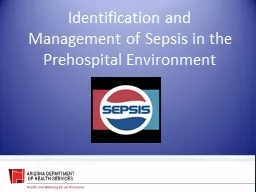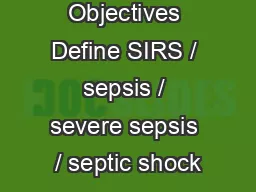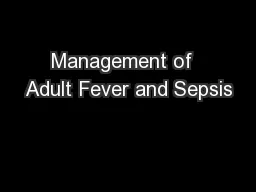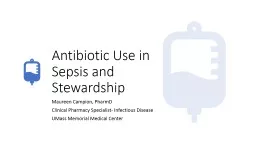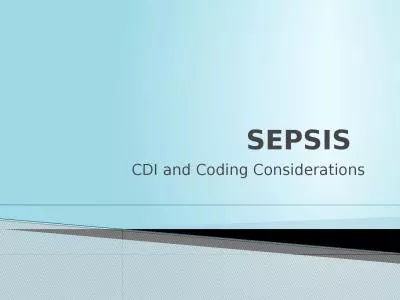PPT-Sepsis Cellular and humoural
Author : luna | Published Date : 2024-03-13
mechanisms Kieran ODea PhD Critical Care Research Group Anaesthetics Pain Medicine and Intensive Care Areas covered Innate immune response in sepsis Targeting inflammation
Presentation Embed Code
Download Presentation
Download Presentation The PPT/PDF document "Sepsis Cellular and humoural" is the property of its rightful owner. Permission is granted to download and print the materials on this website for personal, non-commercial use only, and to display it on your personal computer provided you do not modify the materials and that you retain all copyright notices contained in the materials. By downloading content from our website, you accept the terms of this agreement.
Sepsis Cellular and humoural: Transcript
Download Rules Of Document
"Sepsis Cellular and humoural"The content belongs to its owner. You may download and print it for personal use, without modification, and keep all copyright notices. By downloading, you agree to these terms.
Related Documents

